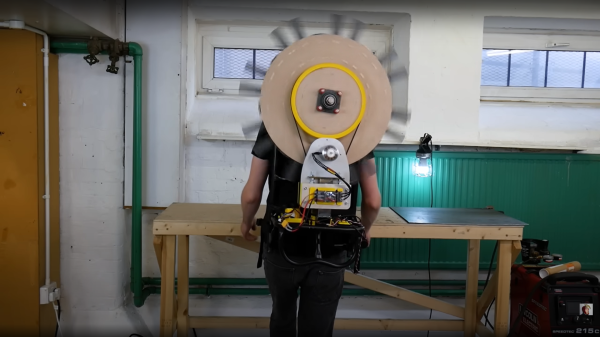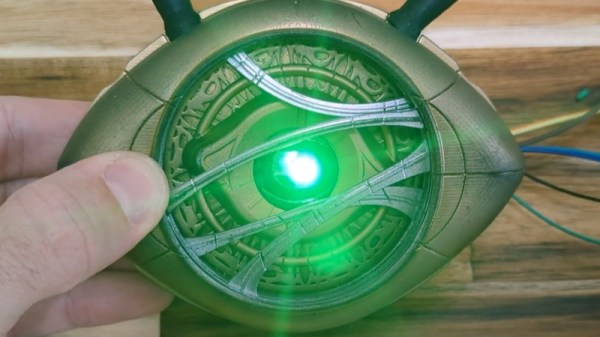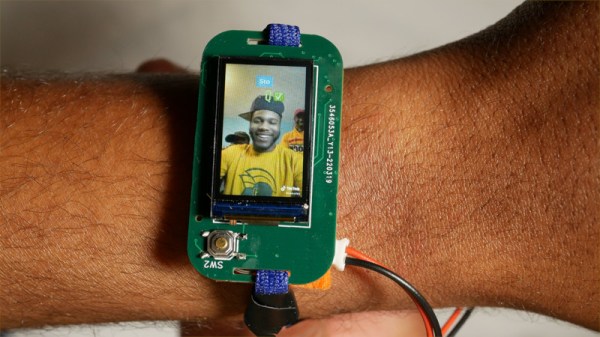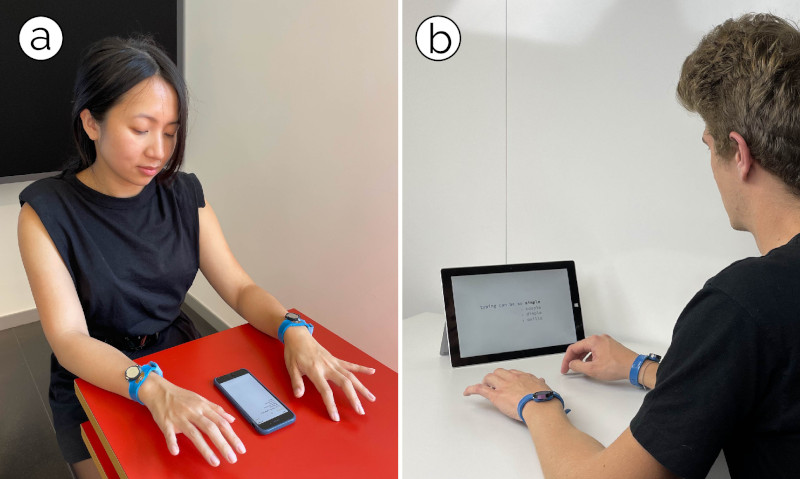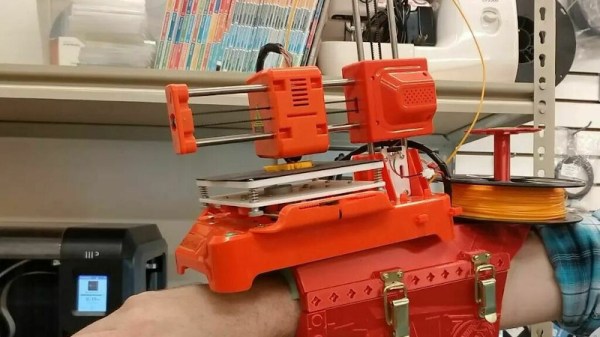Tightrope walking is no mean feat — it takes years to master (even with a balance rod) — but that’s too much like hard work for [James Bruton]. Obviously, the solution is just a matter of the application of some electronically-controlled balancing technology, and [James] is just the guy for the job. Bearing a passing resemblance to a cross between a prop from Ghostbusters and a medieval torture device, this weighty balancing cheat device almost kind of works!
On a slightly more serious note, bipedal balance is a complex problem to solve. You have multiple limb sections, which can move independently in many ways, as well as the upper body also contributing to shifting around the center of gravity in a hard-to-predict way. So it’s no great surprise that a simple torque reaction device strapped to the torso doesn’t help a great deal, but it sure is fun to watch him trying. The bottom line is this — our bodies are pretty heavy, and the amount of force needed to correct tilt in the plane of interest is hard to generate without the reaction wheel itself being really heavy, and that extra mass doesn’t exactly help with the overall balancing problem. We reckon the overall concept is sound, it’s just that all those extra limbs flopping around make this simplistic sensing and compensation strategy only partly effective.
Stabilizing small robots is probably a bit easier than a human, such as this gyroscopically-stabilized monowheel, but sometimes you don’t even need the gyroscope, as you can control the driving wheels directly.

